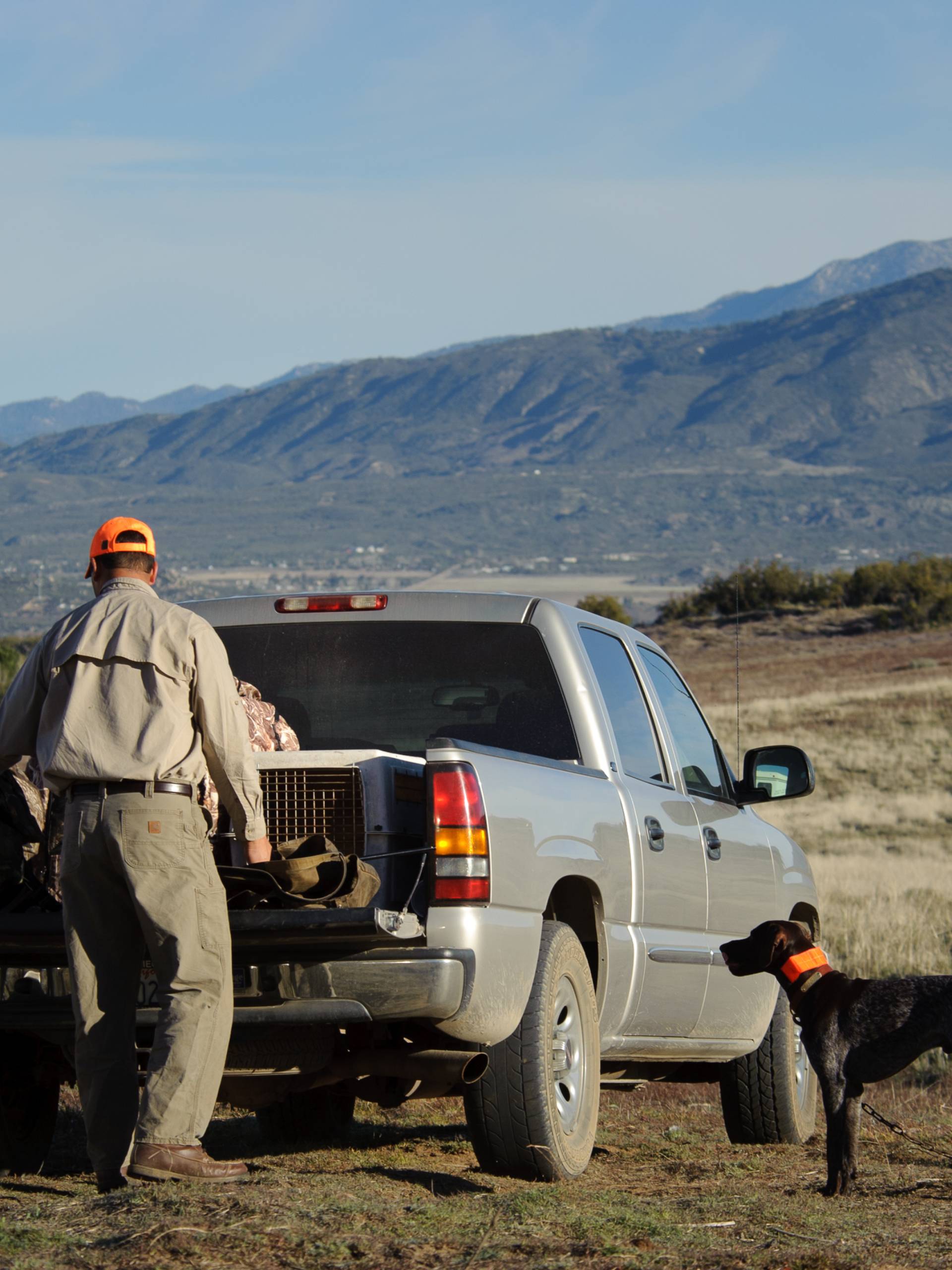Hunters eagerly prepare for the hunting season when the crisp autumn air arrives. While the thrill of the hunt remains their primary focus, their mode of transportation to the site is another factor to consider. Explore four ways to prevent vehicular damage during hunting season.
Recognize the Risks
During hunting season, your vehicle will enter rural or forested areas; these environments increase wear and tear on the vehicle from unpaved roads. Driving through rugged terrain exposes you to obstacles like fallen branches or rocky paths that can damage the vehicle’s tires, undercarriage, or windshield.
Wildlife activity also spikes, raising the chances of animal-vehicle collisions. Proper vehicle preparation leads to fewer disruptions and more enjoyment outdoors.
Install a Durable Front Guard
Protect the front of your vehicle by installing a sturdy front guard. Guards shield your vehicle from wildlife impacts, branches, rocks, and more by absorbing collision forces. This protective piece reduces damage to the vehicle’s hood, grille, and headlights.
Choose a front guard with strong material, easy installation, and compatibility with your vehicle’s make and model. A well-chosen front guard reduces repair costs, keeping your car in good shape even after rough use.
Shield the Windshield With a Stone Guard
There are numerous ways to damage your windshield without knowing it, and hunting season poses extra risks. Prevent windshield damage by using a stone guard to deflect small rocks and flying debris when you’re driving on gravel roads with loose stones.
Select a stone guard that covers key windshield areas without blocking your view. You’ll maintain a clear line of sight while safeguarding the windshield from unexpected damage.
Conduct Routine Vehicle Maintenance
The next step to protect your vehicle during hunting season is to check your tires, brakes, and suspension system regularly—especially before setting out on a hunting trip.
Monitor tire pressure and tread depth for optimal traction. Check engine oil and coolant levels to prevent overheating while you’re driving. Keeping these parts in top shape improves the vehicle’s performance for a more enjoyable hunting experience.
Plan Your Route
Familiarity with the area and road conditions can help you avoid risky paths and accidents. Keep an eye on weather conditions before leaving for the trip because rain or snow can make roads hazardous. Use a GPS and local map to find the best routes to your hunting spots. Planning lets you anticipate hazards and choose safer alternatives, resulting in a relaxing, risk-free hunting trip.
Hunting season is an exciting adventure, but you have to prepare for the journey’s impact on your vehicle. By understanding these four ways to prevent vehicular damage during hunting season, you can protect your investment and enjoy hunting without a hitch.
Casey Cartwright
Latest posts by Casey Cartwright (see all)
- 4 Crucial Accessories To Pick Up Before Night Hunting – May 28, 2025
- How Tariffs Will Affect Firearm Manufacturing – May 23, 2025
- Canoeing Tips That Every Beginner Should Know – May 22, 2025

Leave a Reply